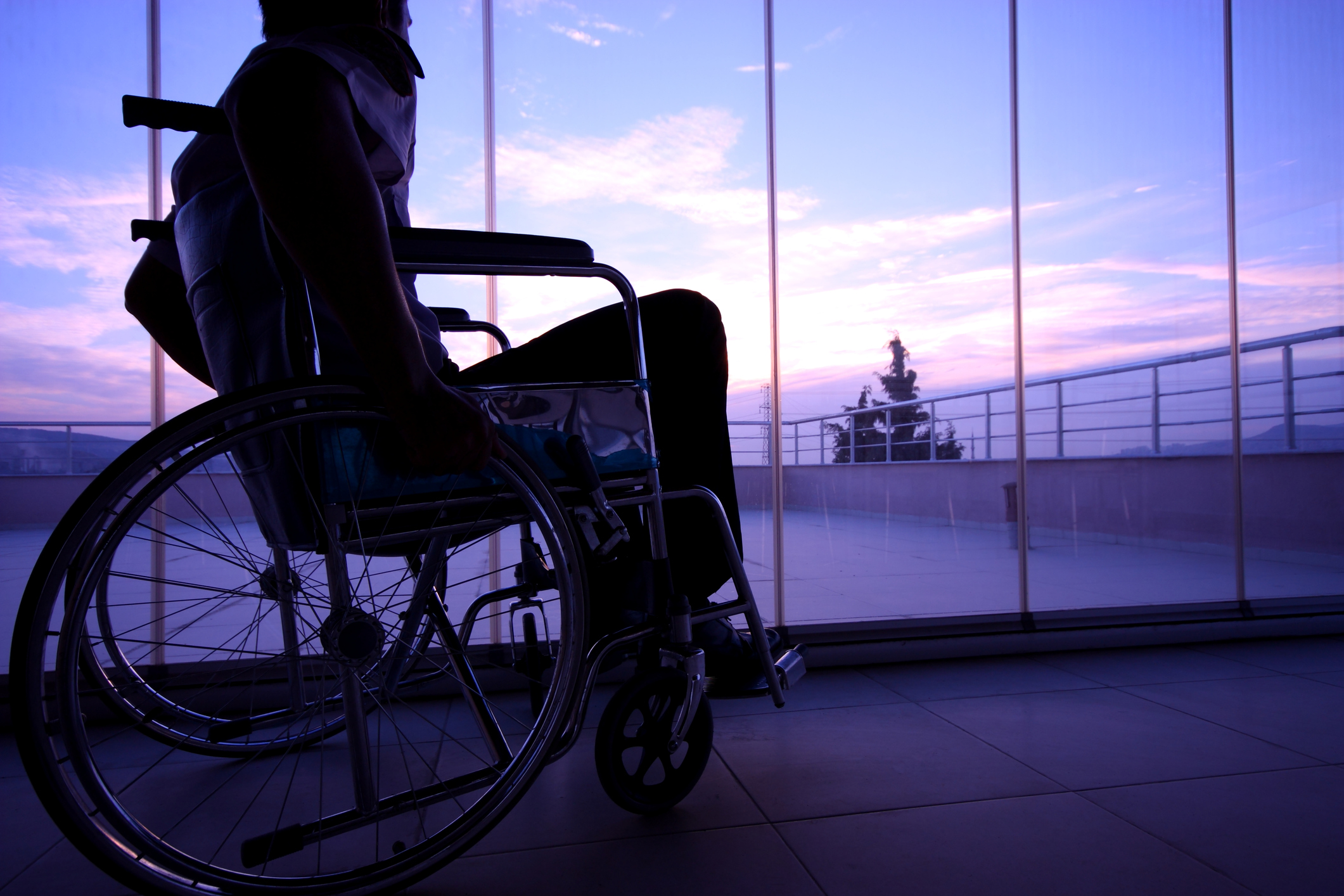Patients Beware: Hospital Discharge One of the Most Dangerous Times

You may have heard that car accidents often take place near a driver’s home. In fact, a Progressive Insurance survey of accident claims found that 52 percent of reported crashes occurred five miles or less from home, and a jaw-dropping 77 percent occurred 15 miles or less from home. It’s possible the relaxation drivers feel cruising through familiar neighborhoods plays a big role. We drop our guard, perhaps entering the auto-pilot zone.
Unfortunately, the same danger may be found when we are exiting the hospital. According to studies cited in a Kaiser Health News article, bad coordination often plagues patients’ transitions to their continued care with home health agencies, nursing homes and other medical professionals responsible for helping patients recuperate, studies show.
“Poor transitional care is a huge, huge issue for everybody, but especially for older people with complex needs,” said Alicia Arbaje, assistant professor at the Johns Hopkins School of Medicine in Baltimore, M.D., in the Kaiser Health News article. “The most risky transition is from hospital to home with the additional need for home care services, and that’s the one we know the least about.” For example, trouble can arise when medication mistakes are made.
Medication mistakes are among the most common complications for discharged patients. The federal government views them as “a major patient safety and public health issue,” and a Kaiser Health News analysis of inspection records shows such errors are frequently missed by home health agencies.
The analysis found that between January 2010 and July 2015 – 3,016 home health agencies had inadequately reviewed or tracked medications for new patients. In some cases, nurses failed to realize that patients were taking potentially dangerous combinations of drugs, risking abnormal heart rhythms, bleeding, kidney damage and seizures.
The variety of providers that patients sometimes use after being discharged from a hospital may include post-acute care facilities, pharmacies, urgent care clinics and a range of specialists. This creates ripe opportunity for medical error due to a lack of communication among providers and unorganized medical records. Congress appropriated $30 billion to help shift our country’s outdated medical system to electronic medical records, but none of the funding was for nursing homes, rehabilitation facilities or providers working with patients at home.
The Kaiser analysis found that problems can occur at multiple post-discharge providers:
- Federal data show that fewer than half of patients say that they confidently understood the instructions of how to care for themselves after discharge.
- Nursing homes. A 2013 federal government report found that more than a third of nursing home facilities did not properly assess patients’ needs, devise a plan for their care and then follow it through.
- A 2012 study in the journal Annals of Internal Medicine found that half of all patients had a clinically significant medication error within a month of discharge from two highly regarded academic medical centers. The study found that these errors persisted even when pharmacists took a more active role in counseling the patient and reviewing the prescription.
- Home health agencies. From 2010 to 2015, 1,591 agencies had a defect that inspectors considered so substantial that it warranted the agencies’ removal from the Medicare program unless the lapses were fixed.
So why, in this modern age of technology, does this danger zone continue to exist?
Patients at hospitals are constantly monitored by a team of nurses and physicians, and any necessary changes can be made immediately on the spot. If a patient develops new symptoms, the hospital can evaluate right away. If the patient’s medications do not appear to be working or are producing undesirable side effects, the physician may adjust or discontinue them altogether.
Once the patient starts to feel better, he or she typically wants to be discharged as soon as possible. In addition, physicians and hospitals are under a great deal of economic pressures to discharge patients as soon as it is safe to do so. Once discharged, patients no longer have that level of constant monitoring, there may be errors in communication or organization, or the patient may not understand their discharge instructions.
So what should a patient be aware of during the discharge procedure?
A typical scenario goes like this:
- The doctor and treatment team make a determination that it would be safe for the patient to be discharged. A doctor who discharges a patient too early may be committing medical malpractice.
- Next, a treatment team will meet with the patient to explain the discharge process and give the patient specific instructions. These instructions often include temporary dietary restrictions, detailed medication instructions, and usually directions to follow-up with the patient’s primary care doctor shortly after being discharged.
- Then, a treatment team will make sure that the patient’s discharge summary is prepared. This document is a detailed collection of the patient’s medical records that would assist the primary care physician in following up with the patient. This document is prepared and a copy is delivered to the patient prior to discharge from the hospital.
- Finally, the treatment team physician will write prescriptions for the patient and have these prescriptions filled by a local pharmacy.
- The patient is then released from the hospital.
For patients, the most important takeaway is to be sure to clearly understand all discharge instructions from the hospital treatment team and to ask questions if you are not sure what is being said. Keeping all the documentation, especially the discharge instructions, is critical to a patient’s health and recovery as the post-discharge care continues.
